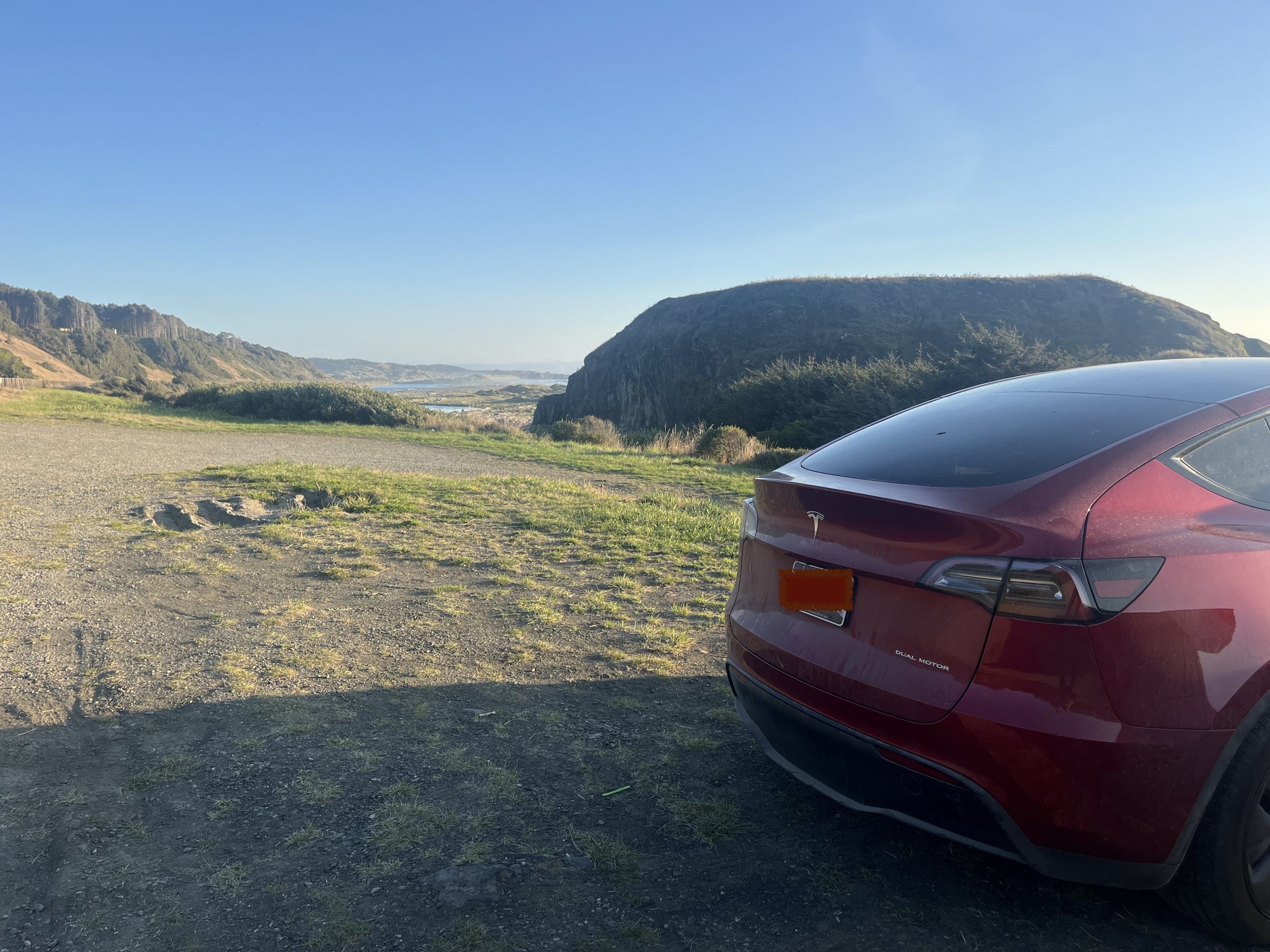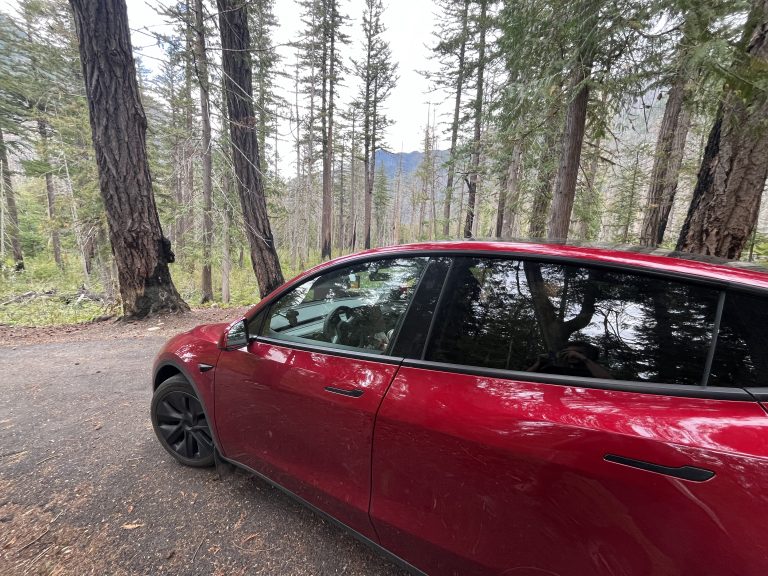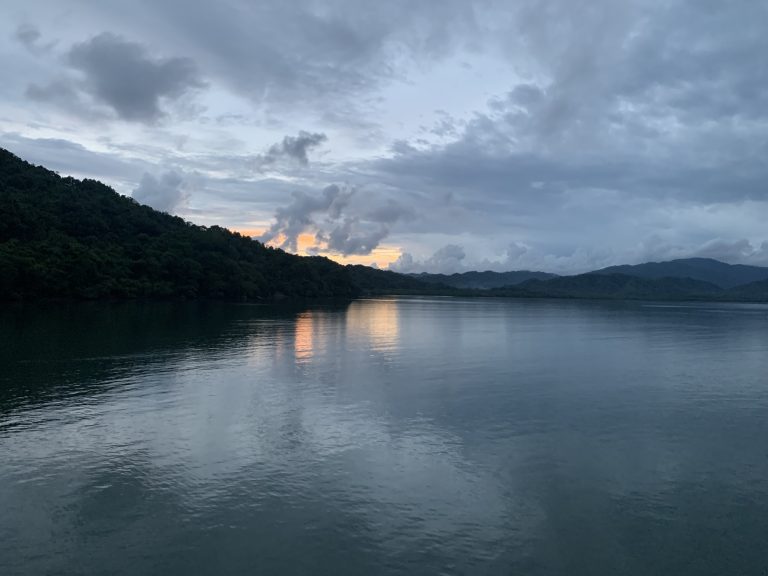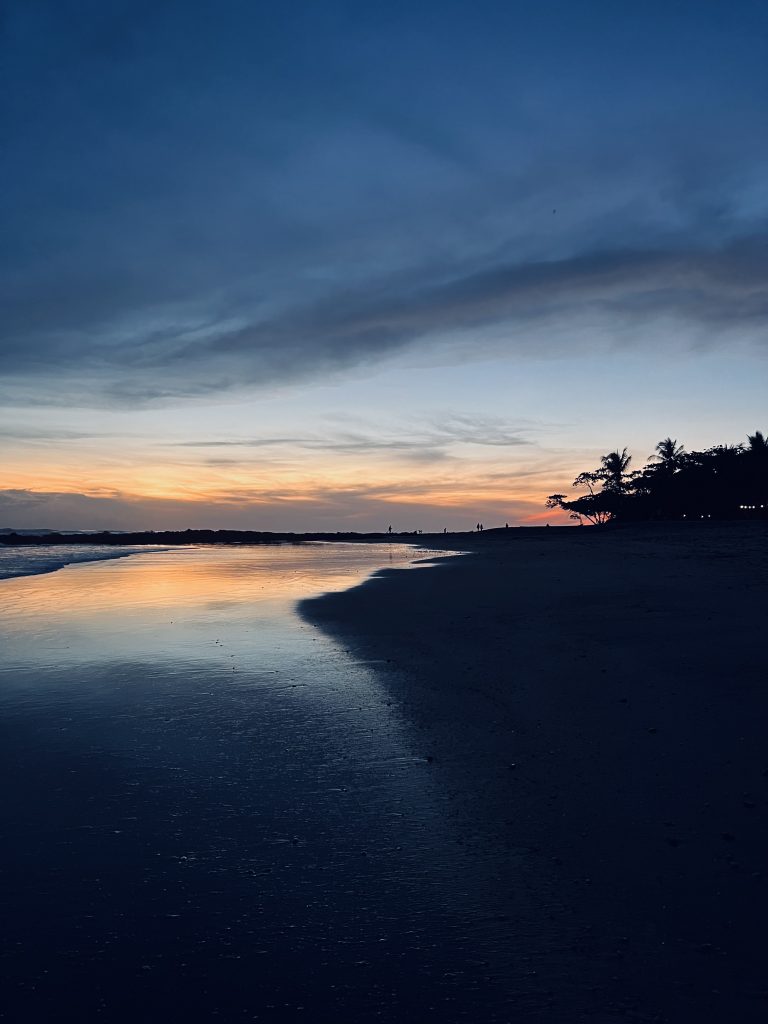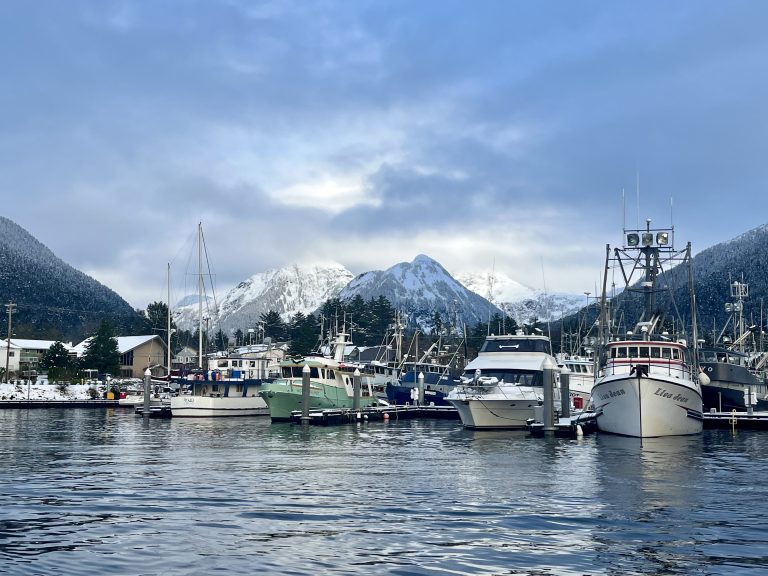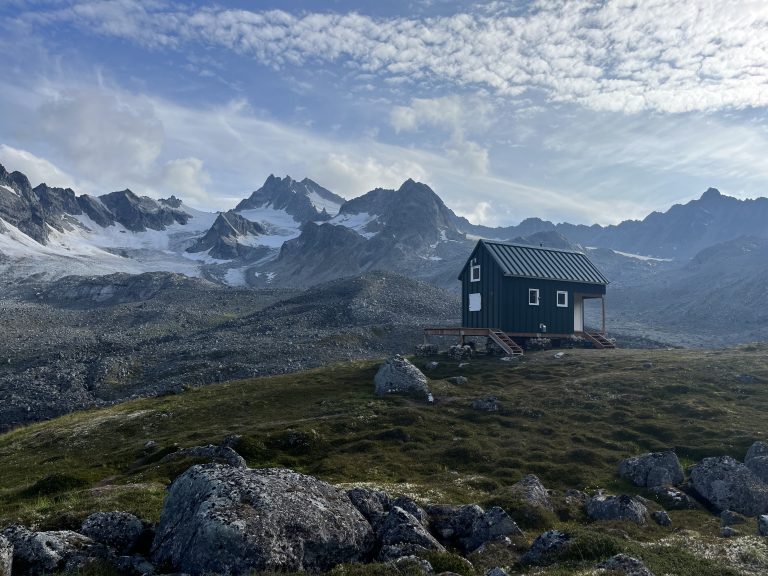I recently finished a 11-day exploration of the West-Coast National Parks, in my mom’s new Tesla. We hit the Redwood National Park, Olympic National Park, and the North Cascades National Park. There were some definite challenges, but overall, it was an incredible experience, and very doable. But, if you’re planning on tackling national parks with an EV, you’re still going to encounter electric vehicles’ biggest obstacle – remote travel. If you’re planing to do a roadtrip, I’d also recommend that you check out this Ultimate Roadtrip Checklist.
Here are our tips for navigating our national parks with an EV or Tesla:

1. Plan Your Route with Charging Stations in Mind
Research Charging Infrastructure
It’s super crucial to plan your route to include charging stations. Use apps like PlugShare, ChargePoint, or Tesla’s Supercharger network to locate charging stations along your journey.
If you’re driving the Western Coast, whether on i5 or the much-preferred Highway 101, there are plenty of well distributed chargers along the way. The only difficulty you’ll encounter is when you actually enter the parks.
Check Charging Availability
Some national parks have limited charging options, so it’s essential to verify availability. Look for charging stations in nearby towns to ensure you won’t run low on battery during your visit. We will continue to publish guides about specific parks. You can check out the 30 Most Accessible National Parks for Teslas and EVs.
In general, access to chargers within the parks is limited. You need to plan your charges well if you’re planning on spending days in the park.
2. Know Your EV’s Range
Understand Your Vehicle’s Capabilities
Different EVs have varying ranges, so familiarize yourself with how far you can travel on a full charge. Keep in mind that factors like terrain, weather, and driving speed can impact your range. My Tesla had a 300 mile range which served us well, but still was a limiting factor for how deep and how long we could go into the parks.
Charge to 100%
Always aim to charge your vehicle to 100%. You never know when you might want to stretch your trip to hit that one last hike or explore an additional viewpoint. Arriving at the park with a full battery ensures you have the flexibility to make the most of your visit without worrying about range anxiety.

Be Aware of Battery Estimations
It’s important to note that Tesla’s (and other cars) battery estimations often do not account for the extra energy required when driving on hilly terrain or going up mountains. This means that your effective range may be significantly less than estimated when navigating steep roads in national parks. Always factor in the potential impact of elevation changes on your battery life.
3. Plan Your Park Visit Around Charging Stations
Find Nearby Chargers
Most parks have Supercharges nearby, but most parks have yet to implement near parks where you can charge your Tesla while exploring nearby attractions or hiking trails.
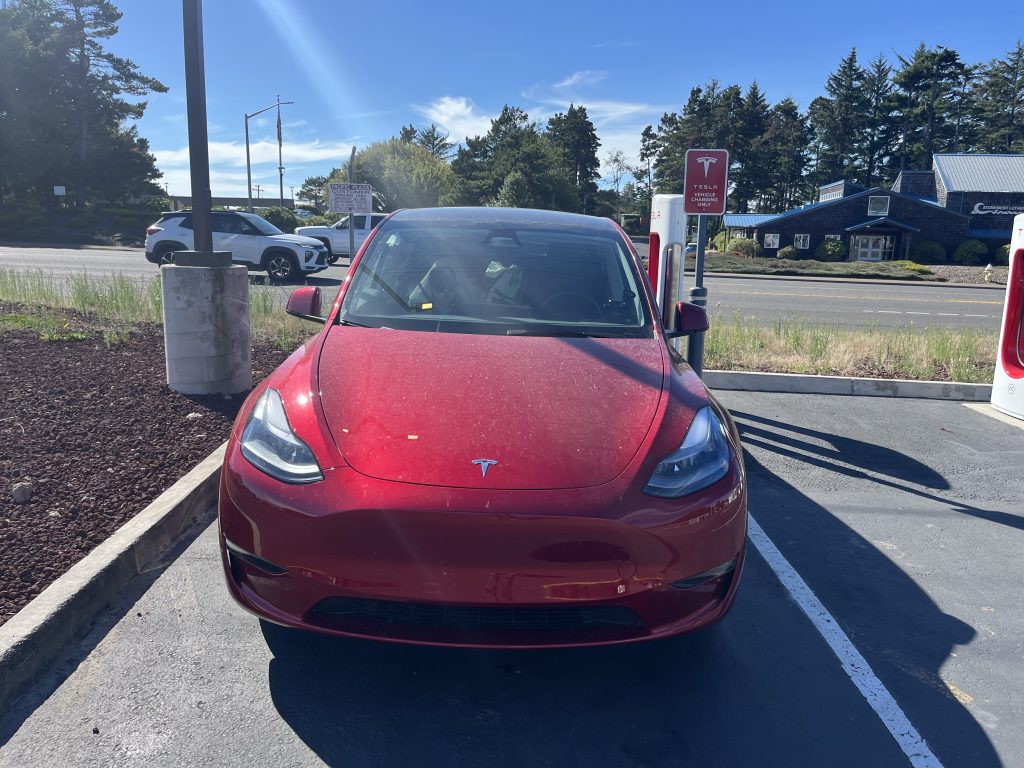
Identify Park Charging Locations
Research the specific national park’s website or contact visitor centers to find out if they have charging stations on-site. For example, parks like Acadia and Joshua Tree are increasingly adding charging facilities.
None of the parks we visited had chargers, but they had ones in nearby towns. Don’t be discouraged.
4. Be Prepared for Different Conditions
Weather Considerations
Cold weather can affect battery performance. Be mindful of your EV’s range in extreme temperatures and plan accordingly.
We estimate that around 20°F (-6°C), you might see a 10-15% drop, but in extreme cold (sub-freezing temperatures), range losses of up to 30% or more are possible.
Off-Roading and Rugged Terrain
If you plan to drive on rugged or unpaved roads, ensure your EV is equipped for such conditions. Research if your vehicle can handle the terrain and consider alternatives if needed. Definitely bring an extra tire.
5. Gear for EV Road Trips in National Parks
Having the right gear can make your EV trip much smoother:
- Portable EV Charger: If you plan on staying at a campground or lodge, a portable charger can be a lifesaver in case there are no available charging stations nearby. I felt comfortable stretching our charge to the max, because, I knew that even in the worst case scenario, we would just pull into an RV park for a few hours.
- Solar Charger: Some travelers bring solar panels designed for EVs, which can offer small boosts to your battery during extended stays. These tend to be very expensive and we did not use one.
- Backup Power Supply: Bring a portable battery pack to charge small electronics in case your EV battery needs to be conserved for driving.
- Tire Repair Kit: National park roads can be rough, so a tire repair kit is essential for emergencies. I would also bring an extra tire, although, thankfully, we never needed it
- Insulated Blanket: If you’re camping in cold weather, pack an insulated blanket. Precondition your car before sleeping in it, but bring extra warmth just in case.
- Emergency water and food
Personally, we did a lot of car camping, so we had all of our gear in the car. We often slept in the car and found that a full size airmattress and a memory foam mattresss topper and we slept like a baby. This was in a
6. If you’re roadtripping, download iOverlander (for free!)
It’s an incredible app that shows many recommendations for overnight parking places, showers, laundry, and water. I used the old version, but they did recently put out an update.
7. National Parks with Tesla Superchargers Within or Very Close to the Park
- Yosemite National Park, California
- Supercharger Location: While there isn’t a Supercharger directly within the park, there are charging stations in the nearby community of Yosemite West, and charging is available at the Tenaya Lodge, which is adjacent to the park entrance.
- Acadia National Park, Maine
- Supercharger Location: Tesla has Superchargers in Bar Harbor, which is very close to the park entrance, making it convenient for visitors.
- Zion National Park, Utah
- Supercharger Location: There is a Supercharger in Springdale, the town just outside the park entrance, providing easy access for visitors.
- Joshua Tree National Park, California
- Supercharger Location: A Supercharger is located in the town of Cabazon, about 46 miles from the park, but there are no Superchargers directly in the park.
Also, check out our list of the 30 most accessible national parks for Teslas and EVs.
Future Developments: Tesla is continually expanding its Supercharger network, and many national parks are working on improving their EV charging infrastructure. It’s worth checking back periodically for new developments.
Conclusion
Visiting national parks with your EV or Tesla is not only a sustainable choice but also a fantastic way to explore the natural beauty of our country. By planning ahead, charging to 100%, and utilizing available resources, you can enjoy a memorable and environmentally friendly adventure. Happy travels!
For a list of the most accessible parks for EVs and Teslas, check out our article here.

